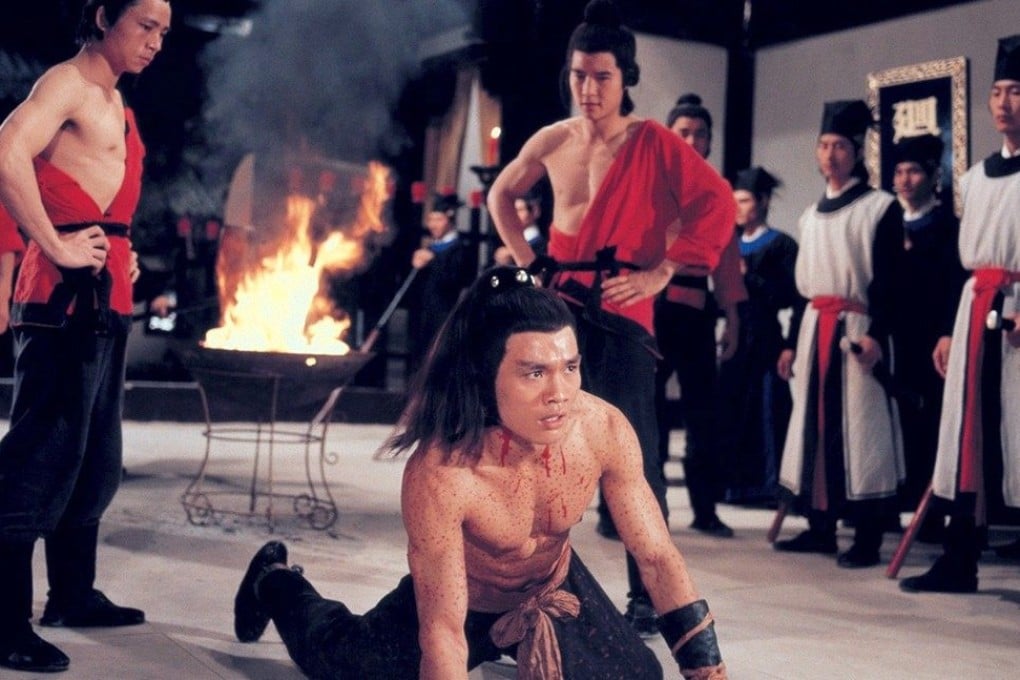How Chang Cheh’s Venom Mob martial arts films, starting with 1978’s The Five Venoms, became cult favourites in the West
- The storylines were gory and cartoon-like, the fight scenes anything but realistic and the costumes flashy – but overseas audiences loved the Venom Mob films
- The freedom the films gave Chang to be creative with fight scenes and storytelling made him a more imaginative director, says an expert on Asian film

Chang Cheh’s films starring the Venom Mob didn’t get much attention from Hong Kong critics, but they were big hits with martial arts fans abroad.
The first of the films, 1978’s The Five Venoms, was especially popular and set the tone for the ones that followed – acrobatic, Beijing-opera-inspired martial arts which went against the fashion for realism and authentic styles, outré costumes of shiny nylon or leather which would have suited heavy metal bands, and stories that had little to do with Confucianism and more to do with torture, violent revenge and fantastical situations.
A key part of the films was their ensemble nature – all of the participating Venoms got their chance to shine.
The Five Venoms is probably still the best of the Venom Mob films, although Mortal Combat – also known as Crippled Avengers – is also a fan favourite. The movie, which was specially developed for the Venoms team by Chang’s scriptwriter Ni Kuang, features five adversaries who each specialise in a form of fictional reptilian kung fu: centipede style, which makes use of fast hand-work; lizard style, which allows the fighter to stick to walls; the vicious scorpion style, which emulates the slicing of the scorpion claws and the lashing of the tail; snake style; and toad style, in which the body is almost impermeable to blows.
The story has the combatants – sometimes concealed behind psychedelic-looking, Beijing-opera-influenced masks – fighting each other to win a secret treasure. Intrigue is followed by a twist, but it’s mainly about the fights and the torturous punishments the Venoms must endure.